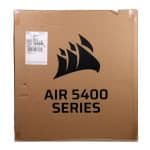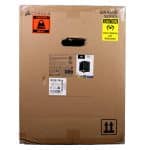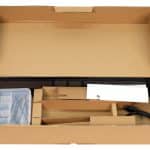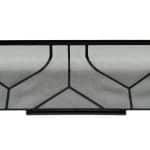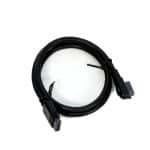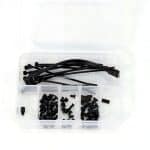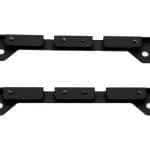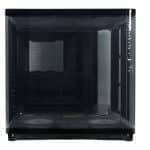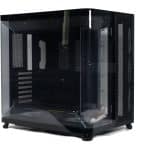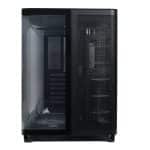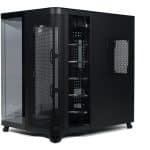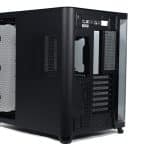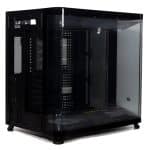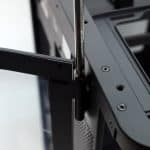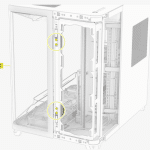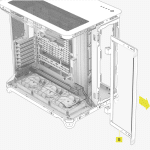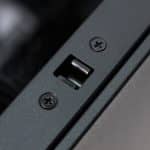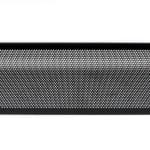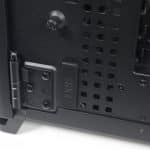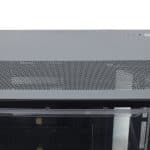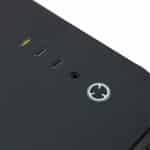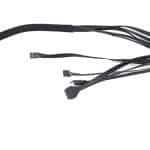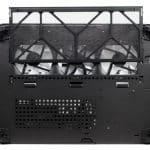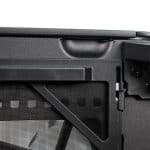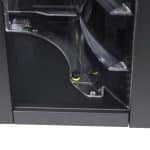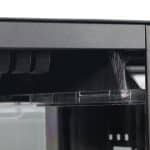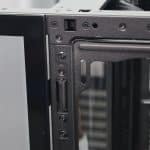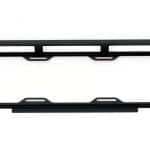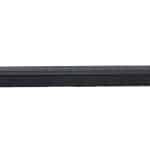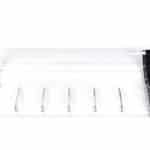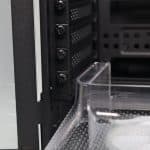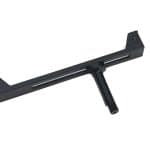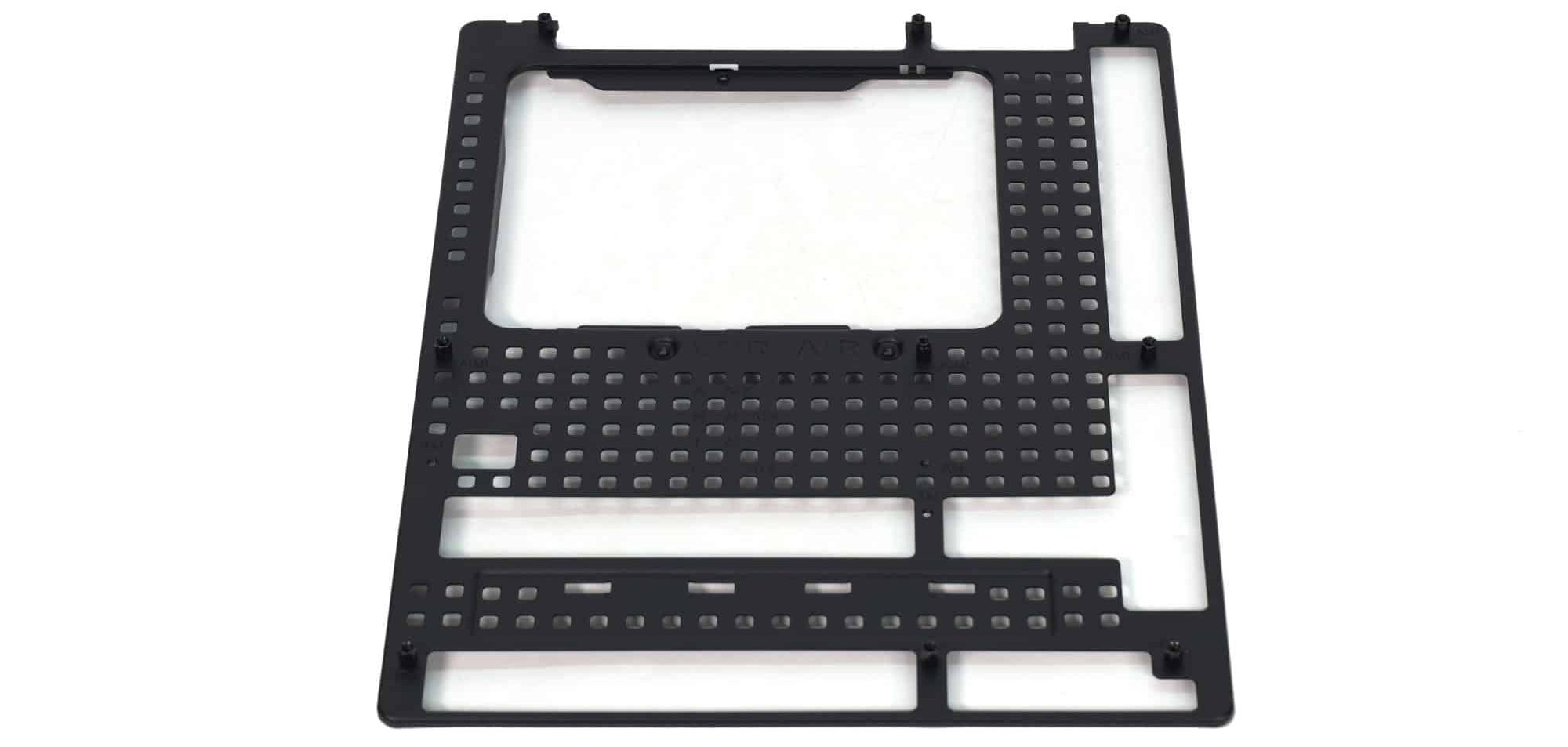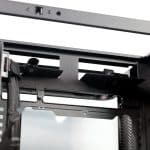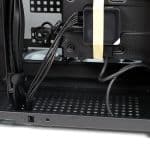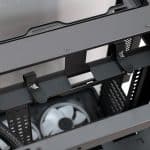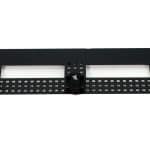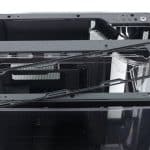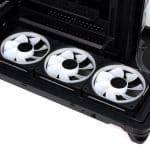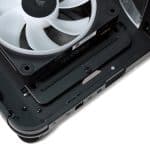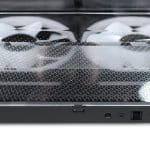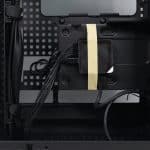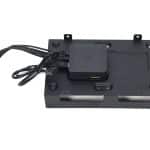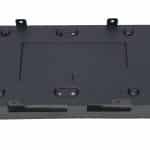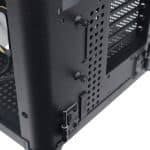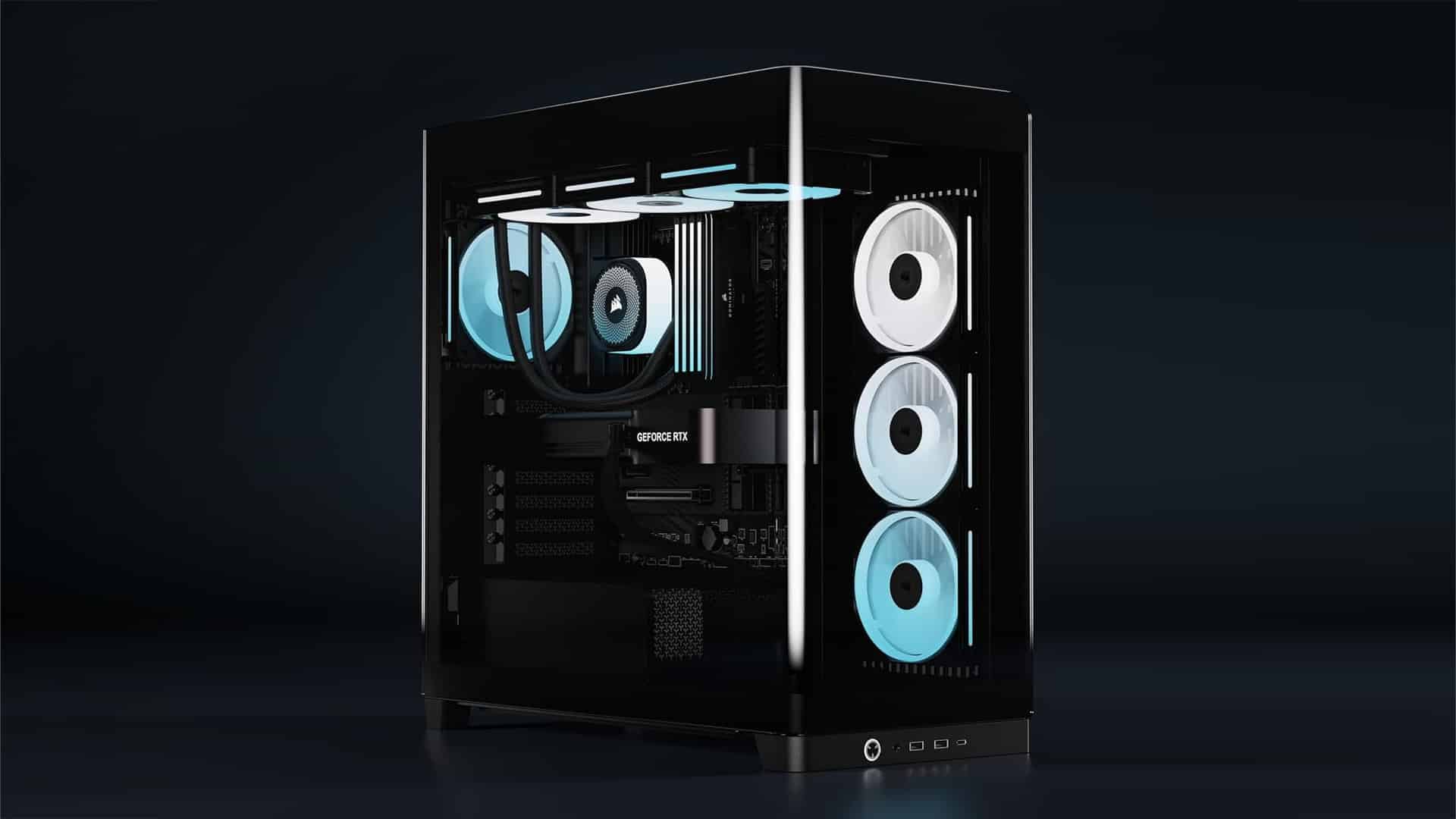Unboxing and First Impressions
The Air 5400 arrived in a single box, protected by exceptionally thick pieces of foam on the inside. The characteristic Corsair star is printed all over the interior.
At the bottom of the chassis, there’s a box containing the bundled accessories:
- 22x #6-32 screws
- 12x QuickTurn fan screws
- 8x SSD screws (M3)
- 1x motherboard standoff
- 1x reverse connector magnetic strip
- 1x anti-sag stabilization arm rubber spacer
- 12x zip ties
- 2x rear fan brackets
- 1x iCue extension cable (90-degree connector)
- Front I/O adapter cable (for the rare non-standard motherboard)
- Front radiator chamber filter
Among these, the magnetic cover for back-connector motherboards and the adapter for mounting a rear fan are first. They offer a glimpse of how thoroughly Corsair has approached the design of this case.
Upon removing the chassis from its protective covers, its size feels less overwhelming than anticipated. What I can confirm, however, is that the weight is substantial.
Design and Build Quality
Starting from the side, we have an all-glass side panel, with the glass extending from the rear of the chassis and curving over the side to meet the front glass panel. This side panel is easy to remove; unscrew the top hinge screw, and it comes off. Replacing it is just as simple: align the taller bottom hinge, then the top one, and reinsert the screw. It’s a well-thought-out and well-executed feature, as the glass is both heavy and fragile.
On the front-left side, we have the second tempered glass panel, which starts where the side panel ends, curves over the front edge, and stops around the middle of the chassis. This panel is also removable, though the process is a bit more complicated.
Both the front and side panels are secured using metal ball-and-clip mechanisms.
The other half of the front panel features a perforated section, attached using the same ball-and-clip system. To remove this panel, pull it away. Behind it is the third chamber, offering fairly open access.
At the backside, there’s a steel panel hinged at the rear, using the same hinge design as the other side panel. This panel features perforations that reveal the PSU position.
The rear of the chassis features the motherboard I/O and expansion slots in conventional positions, the PSU opening at the top of the second chamber, and an iCue Corsair accessory passthrough near the bottom. The glass section makes the rear profile appear slimmer than it actually is. An iCue Link opening is located at the bottom for external accessories, along with the thumb screws for the internal storage tray mount.
The top houses the I/O panel and fan openings. Corsair’s choice to include only USB Type-C ports is bold. “It takes courage,” as Apple would say. The yellow port is a USB 3.2 Gen 2×2, rated for 20 Gbps, while the other two are USB 3.2 Gen 1 (or simply USB 3.0) at 5 Gbps. You’ll also find a combo mic/headphone jack and the power button. Interestingly, the entire I/O module is fully removable. The top panel also offers excellent access to both the primary and secondary chambers.
At the opposite end, there’s a filter for the bottom-mounted fans, an unfiltered opening for air circulation in the secondary chamber, indentations for easy side-panel removal, and four removable feet. The filter slides out from the side. While front access would have been ideal, this makes sense for a chassis designed to serve as a centerpiece, where side access is easier.
Compatibility and Space Utilization
Let’s first take a look at the new chamber. Removing the front cover reveals a removable radiator bracket that supports 120 mm-wide coolers up to 360 mm tall. To separate this chamber and optimize airflow, Corsair includes a plastic air diffuser with brushes at the top and inside, separating air between sections. It’s secured with a single thumbscrew at the bottom and three integrated locking pegs.
Now it’s time to open the side panel—both the top and bottom feature large air ducts designed to guide airflow to the GPU and motherboard. We’ve already unclipped the top one in the photo. Note that the bottom expansion slot becomes inaccessible with the lower duct installed.
There is also a vertically mounted brush at the far right of the motherboard tray. It’s held in place by a single screw at the top and a metal clip at the bottom.
Adjacent to it is the GPU support bracket, secured in a similar manner. The clever part is that the height-adjustment screw is accessible from the main compartment.
The motherboard tray is fully removable. It’s heavily perforated, like Swiss cheese, but the openings allow for back-connect motherboards, easier cooler installation, and improved aesthetics. They can also be used with the Corsair Velcro-strap brackets, but all three are already preinstalled in the second chamber.
The rear doesn’t support any fans out of the box, though Corsair includes mounting brackets for those who want one for VRM cooling. Oddly, the expansion slots are not bridgeless. While the chassis may not target vertical GPU setups, bridgeless slots would still help with bulky cables or poorly placed GPU ports.
In the secondary chamber, you’ll find the PSU and its bracket at the top, an HDD/SSD mount at the bottom with an iCue hub magnetically attached, and a cable management bracket. Except for the PSU bracket, all components are fully removable. The cable tray uses a single screw at the top and a metal hook at the bottom. It comes with Corsair-branded Velcro straps, multiple cable passthrough openings, and the same cutout pattern found on the motherboard tray and chassis floor.
Cooling and Airflow
Cooling is one of this chassis’s highlights. There are mounting points for up to six fans in the main chamber: three at the bottom and three at the top, with the option to add an additional rear fan using the included bracket. The ducts are designed to direct airflow toward critical components, while the design supports dual AIO setups: one external unit in the third chamber and another at the top of the main chamber.
This LX-R kit includes an iCue hub and three RX120 RGB Reverse fans preinstalled at the bottom. The top, bottom, and front cooling brackets are all fully removable. Corsair also provides dust filters for the chassis floor and the third chamber, though the latter can be left off since cleaning access is easy. The PSU intake is the only unfiltered one.
Storage Options
The storage tray supports up to two 2.5-inch drives on the inside and one 3.5-inch drive in place of the iCue hub. While this could have been improved, given the chassis size, the focus clearly lies on supporting modern hardware and advanced cooling. For a case in this price range, better storage flexibility would have been welcome, but this is a specialty chassis.

